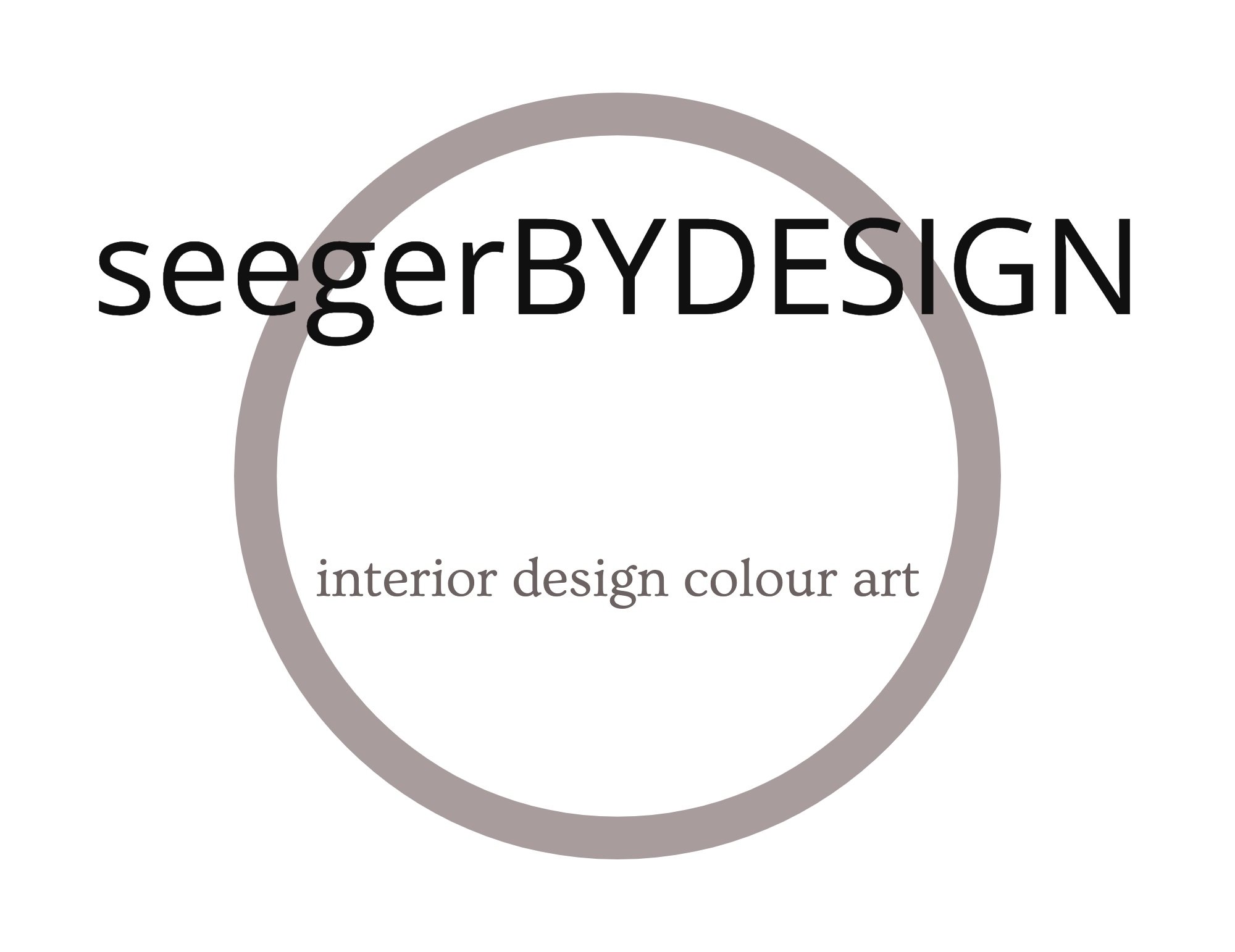Scale and Proportion
Creating balance and harmony through understanding scale and proportion
Floorplan created using Sketchup Hub
Elevation created using Sketchup Hub
Scale and proportion lend themselves to all aspects of interior design. Understanding scale and proportion help us create a balanced interior.
By definition, scale is the relationship between two or more objects. Scale refers to how an object relates to the size of the space it sits in – or in relation to you, the human form.
Scale is absolute; and it is important in making a space functional, efficient, and comfortable. This is especially important in task oriented rooms like kitchens.
For example, without the correct height of a kitchen benchtop, a kitchen would not be functional. Having stools too high for children, would not be functional. If you were designing a children’s day-care centre, you would need to take into consideration the average size of a child; and then use that to design the height and depth of the chairs for them to sit on comfortably; the height of their wash basins etc.
Image by #IDIstudent Nikki Astwood @revisededitionstyle
Render by #IDIstudent Megan Otto
Think of 'Goldilocks and the three bears…' or ‘Alice in Wonderland’… when it comes to a lesson in scale.
For that reason, there are standardised sizes and heights of benchtops, cabinets, tables, chairs… these are scaled to fit our body height and size.
Proportion is ‘a part in comparative relation to the whole’ – a table’s height in relation to its length; a chair’s armrest width, in relation to its depth.
Proportion is more relative and comes with training the eye; and the look and feel, the designer would like to portray.
Designers use scale and proportion interchangeably with pattern, line, shape, texture, size, and colour... it’s how these elements relate to each other, that help us as designers create a certain feel in a room; as well as creating harmony.
Whether we are doing a perspective drawing, a mood board, or floorplans; scale and proportion will help us translate our design concept with the aim of creating an aesthetically pleasing, functional, comfortable, and balanced space.
A floorplan can show the measurements of a dining room; a dining table drawn to scale to illustrate space planning; and then how the proportions of the table relate to the size and shape of the room.
Knowing the size of a space, will help you choose appropriate pieces or finishes.
Floorplan by #IDIstudent Vanessa Walker
Décor tips
Don’t use:
a regular sized 190x230mm rug in a room that is 4x9m if you want to create a cosy atmosphere.
large low-hanging pendants in a living room if you want to emphasize the outside view.
a 4-seater sofa/couch in a 4x4m room if you want the kids to have space to play.
a standard height kitchen bench if your client who does all the cooking, is 1.95m tall.
a dining table that takes up 85% of the room and won’t allow for at least 1m for movement between the chairs and the wall.
Apart from size, colour and pattern can also affect a room’s visual proportions. By using repetition or contrast, we can create a different feel. A room with a large proportion of the furnishings being dark, and with prints big in scale, will create drama. A room with a large proportion of the furnishings being light, and with prints small in scale, will feel more demure.
Use:
the scale of one piece of furniture to set the scene for the other pieces around it.
taller and larger pieces in a room that has high ceilings.
furniture with a low profile – obvious horizontal lines, in a room with a low ceiling.
fewer patterns in a small room otherwise it will look too busy.
negative space (empty) space if you want to create an airy feel in a room.
Playing with scale and proportion – removing, editing, increasing, decreasing, or re-positioning furniture, lamps, pendants and art – can help alter the feel in a room; and make it more harmonious.
Once you understand scale and proportion; and feel confident, you can break the rules for décor impact.
#IDIstudent work by Stacey Seen @seenandloved











